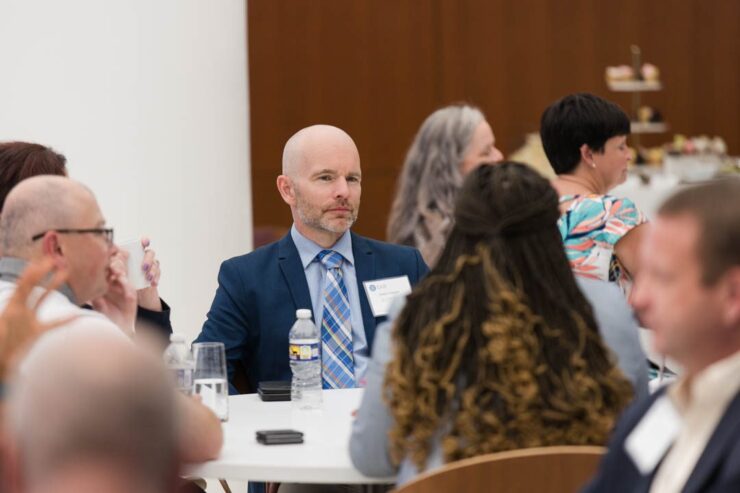
6 community college trends to watch in 2025

What recent federal policy changes could mean for community colleges

Are your dual enrollment students sticking around?

Guided Pathways needs to evolve for 2025
Latest Posts From This Blog
-
Four ways community colleges can improve career readiness
Discover 4 strategies community colleges can use to boost career readiness, close the skills gap, and help students succeed in today’s workforce.
Blog -
What recent federal policy changes could mean for community colleges
As federal policies continue to evolve, community colleges must stay informed, flexible, and mission aligned. By staying engaged with policymakers, community colleges can help shape a future that expands opportunity and prepares students for what’s next.
Blog -
4 ways AI can freeze summer melt at community colleges
For community colleges, summer is a critical window to keep new students engaged and ensure they complete their enrollment steps before fall.
Blog -
Are your dual enrollment students sticking around?
Discover how to use technology to build a retention strategy for dual enrollment students beyond high school graduation. Learn how targeted campaigns, early alert systems, and personalized support can improve the student success of early college goers and position you as a top choice among the schools they are considering.
Blog -
6 community college trends to watch in 2025
To maintain this forward momentum, community colleges must stay ahead of key trends that could impact the sector, both positively and negatively, in 2025.
Blog -
Guided Pathways needs to evolve for 2025
When Guided Pathways launched in 2017, many community colleges jumped right into reforming their student success strategies. In the years that followed, colleges overhauled academic advising, revamped orientation programs, and strengthened first-year experience courses. So where are we now?
Blog -
Boost student engagement with data and easy-to-use technology
A great starting point for understanding your students’ needs is analyzing the data you already have—admissions, financial aid, residence life, and LMS data can all provide a strong foundation.
Blog -
The student readiness crisis: 4 ways community colleges can use technology to counter growing student readiness gaps
Through interviews with dozens of campus leaders and industry experts, we've learned that the effects of K-12 pandemic disruptions—such as chronic absenteeism, declining reading and math skills, and widespread classroom disengagement—have already begun to appear on community college campuses.
Blog -
4 strategies to bridge the skills gap between community college and career
While a large majority of employers today look for candidates who have postsecondary education, the jump from college to career can still be confusing, daunting, and challenging for students—and community college students are no exception.
Blog
Great to see you today! What can I do for you?